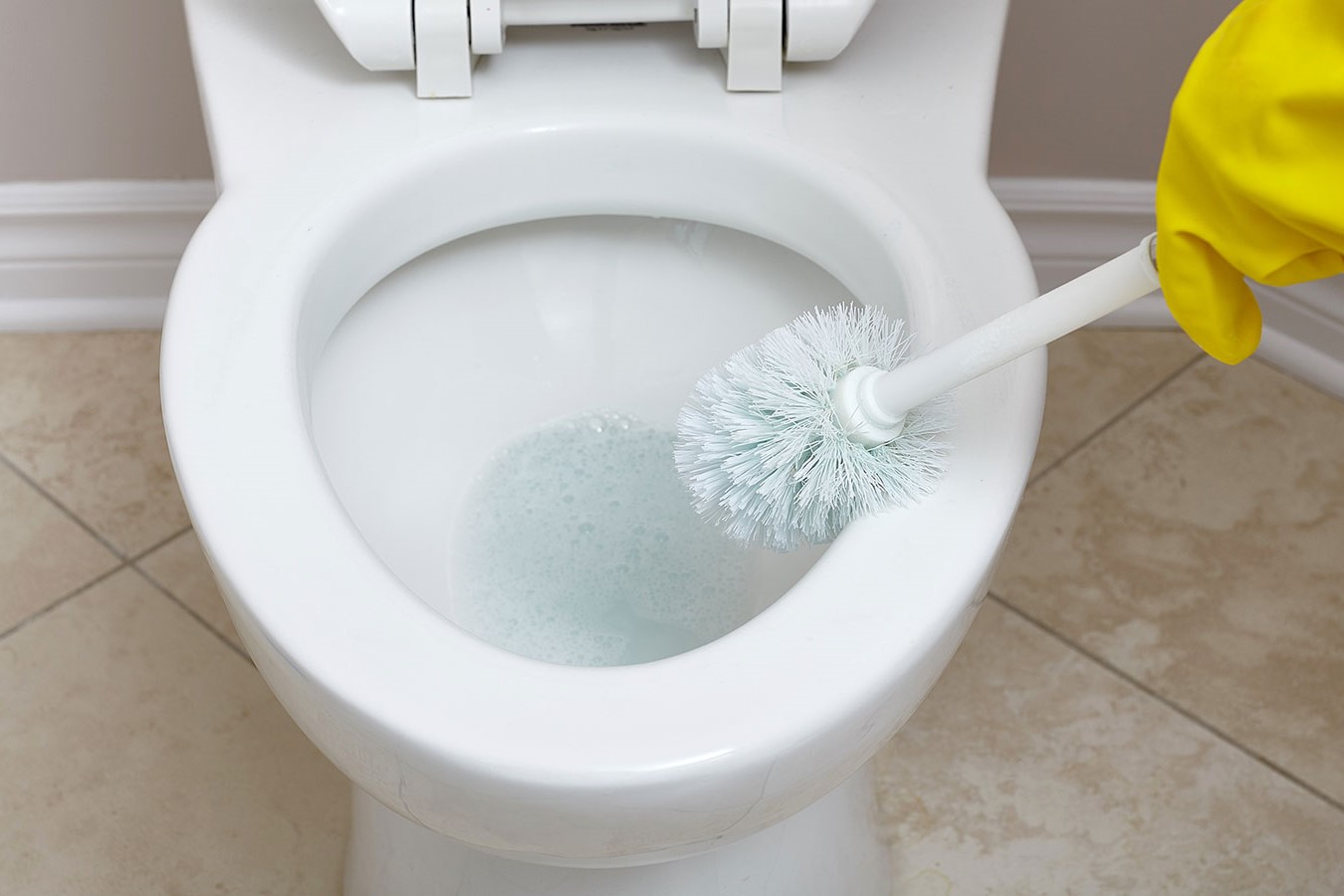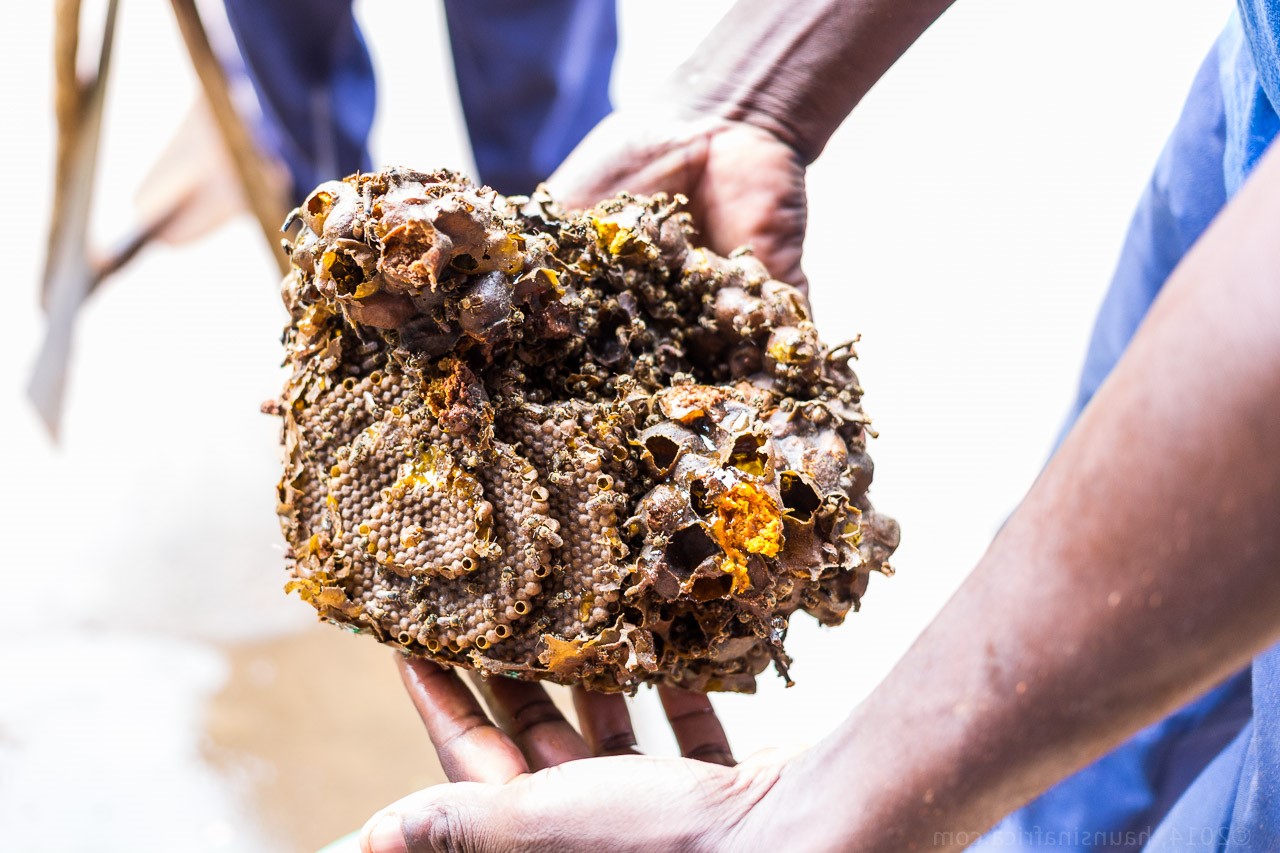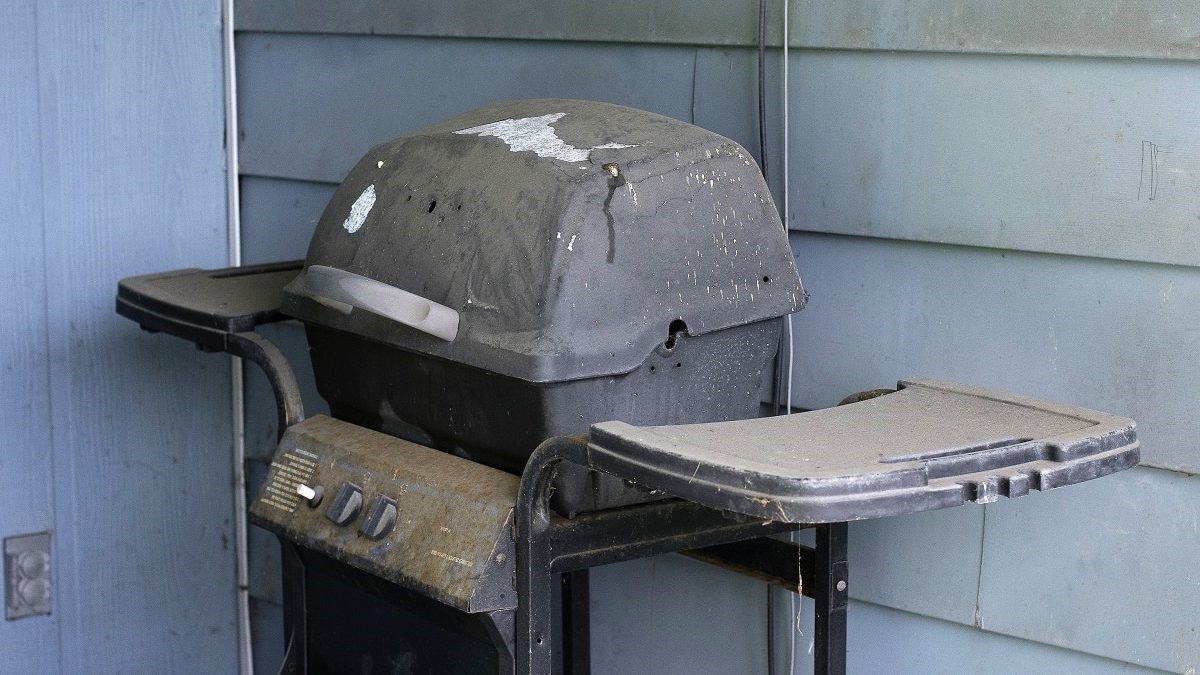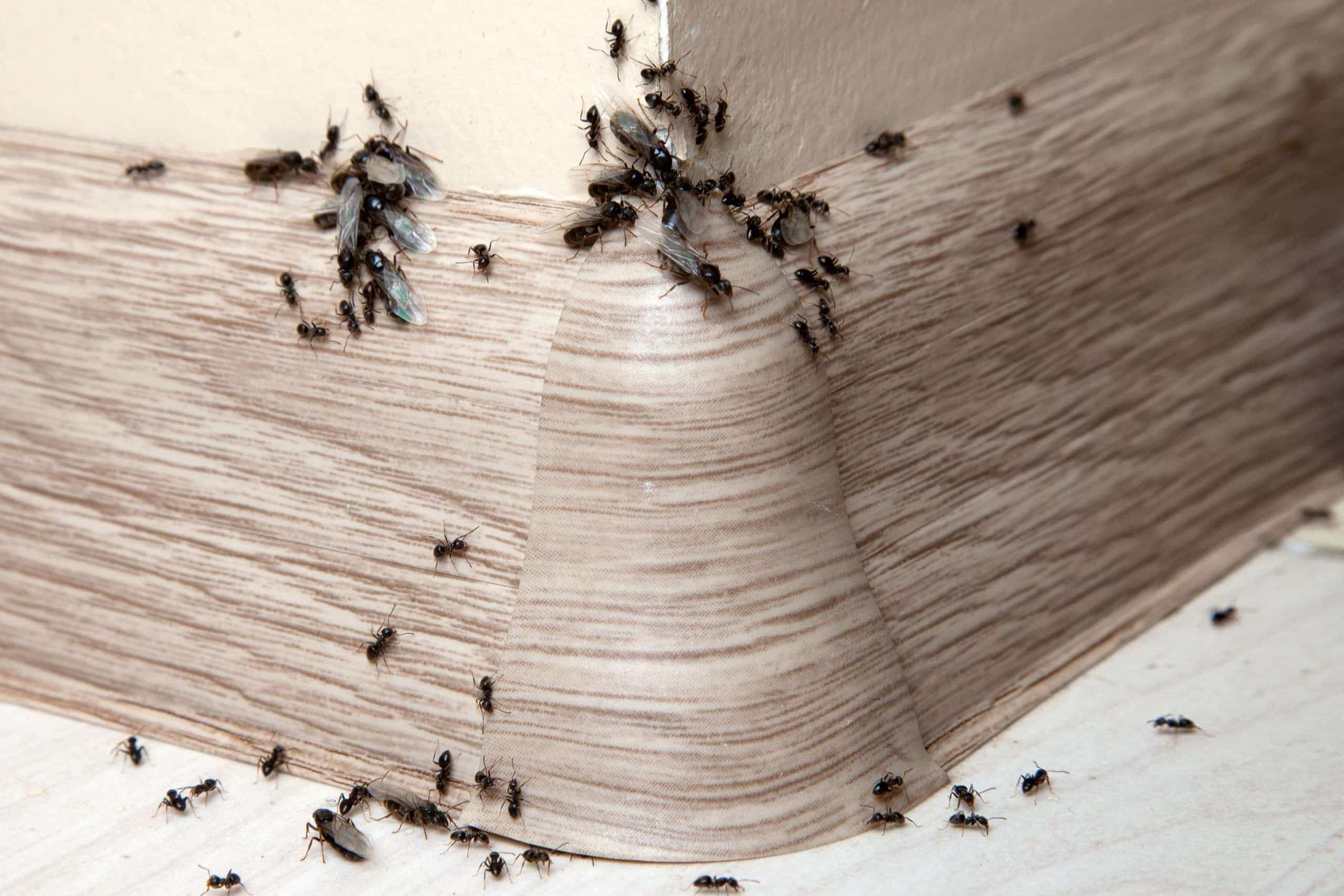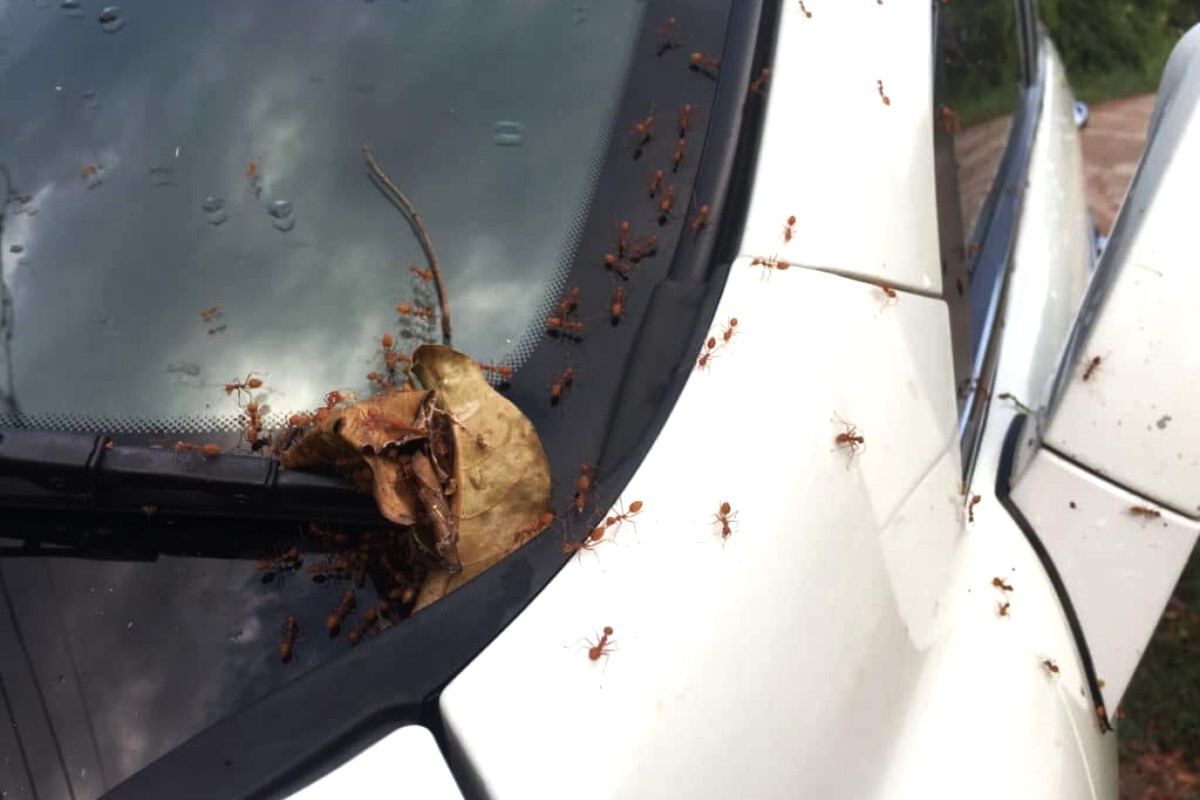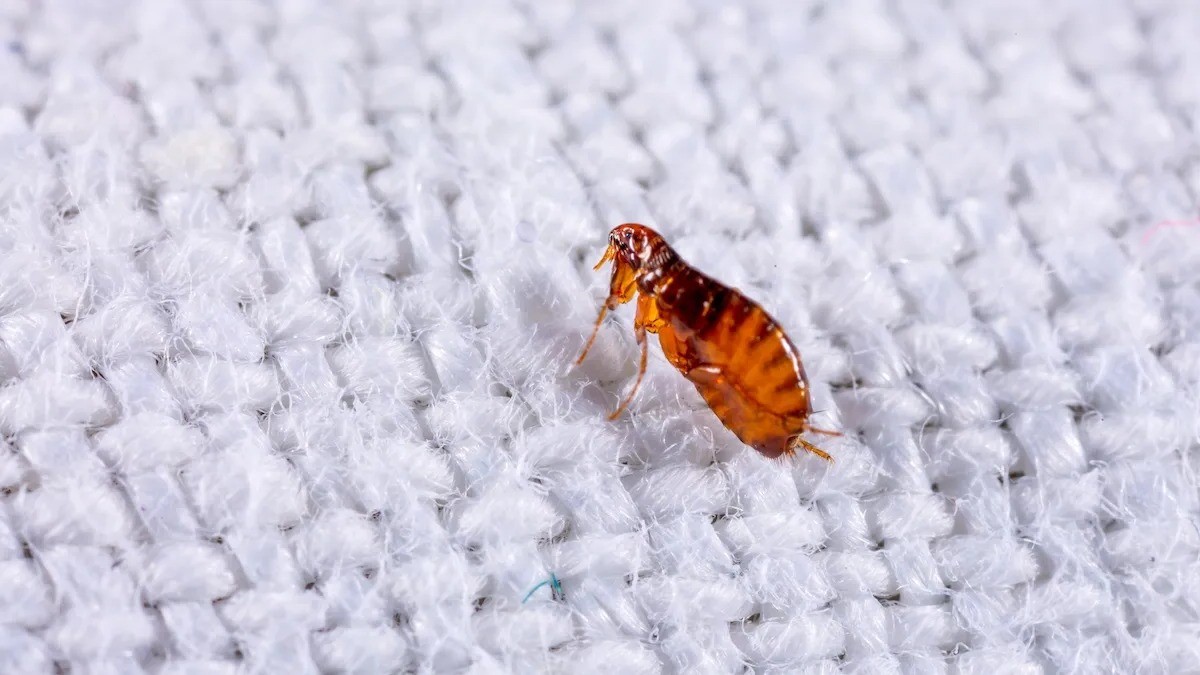Home>Home and Garden>How To Get Rid Of Mushrooms In Yard
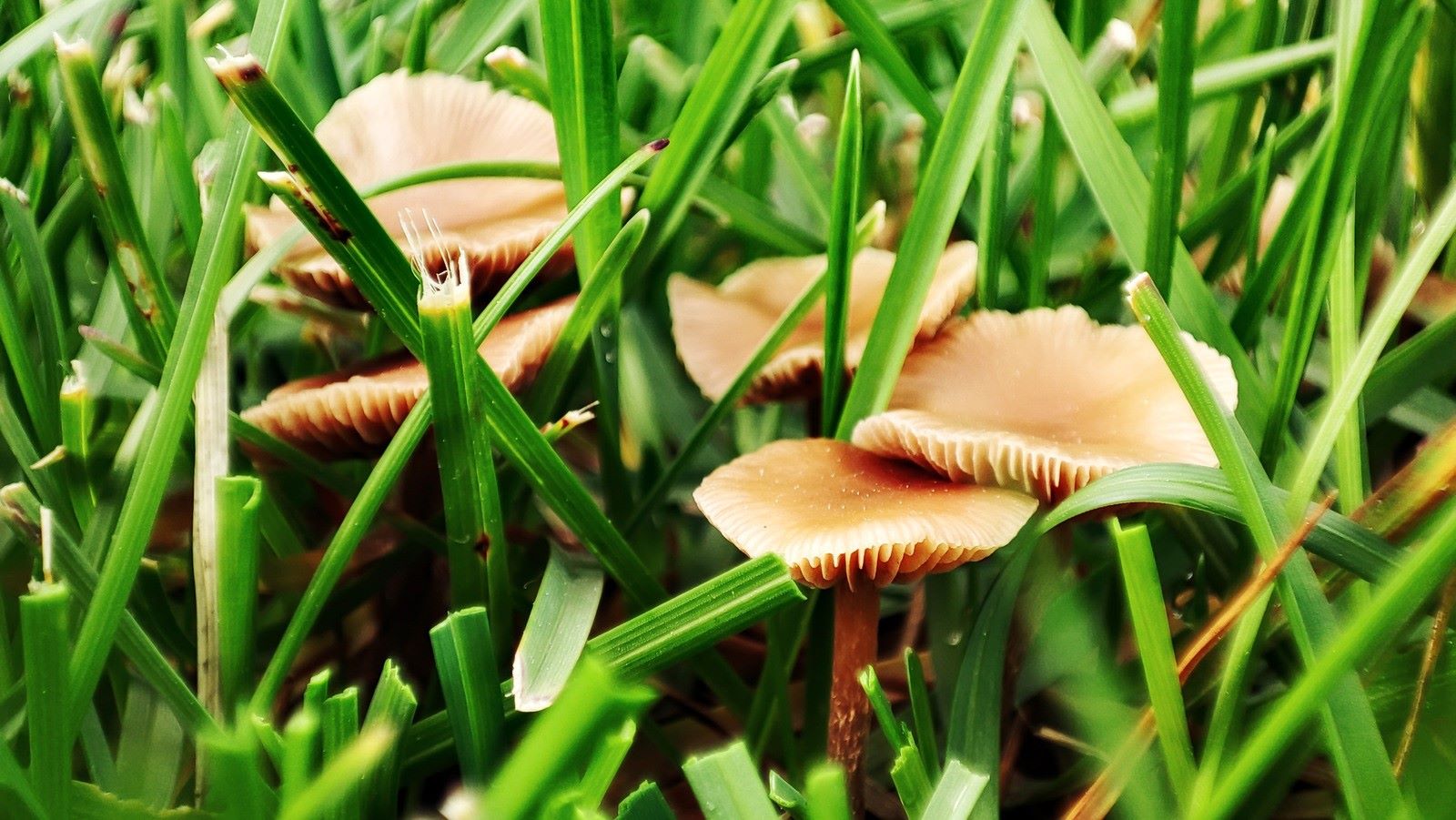

Home and Garden
How To Get Rid Of Mushrooms In Yard
Published: March 2, 2024
Learn effective methods to eliminate mushrooms from your yard with our comprehensive guide. Keep your home and garden free from unwanted fungi.
(Many of the links in this article redirect to a specific reviewed product. Your purchase of these products through affiliate links helps to generate commission for Noodls.com, at no extra cost. Learn more)
Table of Contents
Introduction
Mushrooms sprouting up in your yard can be a surprising and sometimes unwelcome sight. While these fungi can add a whimsical touch to a forest floor, their presence in a well-manicured lawn can be a cause for concern. Understanding how to effectively manage and prevent mushrooms in your yard is essential for maintaining a healthy and aesthetically pleasing outdoor space.
In this comprehensive guide, we will explore various methods to address the issue of mushrooms in your yard. From understanding the underlying causes of mushroom growth to implementing practical solutions, we will delve into the steps you can take to reclaim your yard from these resilient fungi.
Whether you're a seasoned gardener or a homeowner looking to enhance the beauty of your outdoor space, this guide will equip you with the knowledge and strategies needed to tackle the challenge of mushroom infestation. By the end of this article, you will have a clear understanding of how to identify, remove, and prevent mushrooms from taking over your yard.
So, let's embark on this journey to reclaim your yard from the invasion of mushrooms. Together, we will explore the fascinating world of fungi and discover effective ways to restore the natural balance of your outdoor environment. With the right approach and a bit of know-how, you can transform your yard into a flourishing and mushroom-free oasis for you and your family to enjoy.
Read more: How To Get Rid Of Ants In Yard
Understanding the Causes of Mushrooms in Yard
Mushrooms are the visible fruiting bodies of fungi that thrive in moist, shaded environments. Understanding the underlying causes of mushrooms in your yard is crucial for effectively addressing this issue. Several factors contribute to the proliferation of mushrooms in outdoor spaces, and gaining insight into these causes can help you implement targeted solutions.
-
Presence of Organic Matter: Mushrooms thrive on organic matter, such as decaying wood, old tree roots, or buried organic debris. When these materials break down, they create an ideal environment for fungal growth. Therefore, if your yard contains buried organic matter, it may serve as a breeding ground for mushrooms.
-
Moisture Levels: Excessive moisture in the soil can create a hospitable habitat for mushrooms. Areas with poor drainage or consistent dampness, such as those near leaking gutters or in low-lying sections of the yard, are particularly susceptible to mushroom growth. Additionally, overwatering your lawn can contribute to elevated soil moisture, providing an optimal setting for mushrooms to flourish.
-
Shade and Lack of Air Circulation: Mushrooms thrive in shaded and poorly ventilated areas. If your yard is densely shaded by trees or structures, or if there is limited air circulation due to dense foliage, the resulting damp and stagnant conditions can promote mushroom growth.
-
Soil Composition: Certain soil types, such as heavy clay soils, can retain moisture and organic matter, creating an environment conducive to mushroom development. Understanding the composition of your soil can provide valuable insights into the potential for mushroom growth in your yard.
By recognizing these contributing factors, you can gain a deeper understanding of why mushrooms may be appearing in your yard. Armed with this knowledge, you can proceed to implement targeted strategies to address the specific causes of mushroom growth in your outdoor space.
Removing Mushrooms Manually
When faced with the presence of mushrooms in your yard, manual removal is often the first line of defense. This method allows for the immediate elimination of visible mushrooms and can help prevent the spread of spores, thereby reducing the likelihood of future growth. Here's how you can effectively remove mushrooms from your yard:
Step 1: Wear Protective Gear
Before engaging in manual mushroom removal, it's important to prioritize safety. Wear gloves to protect your hands and avoid direct contact with the mushrooms. While most yard mushrooms are not toxic, it's best to err on the side of caution.
Step 2: Use a Trowel or Knife
Carefully dig around the base of the mushroom with a trowel or knife to loosen the soil. This will help ensure that you remove the entire mushroom, including its root structure. Take care to minimize soil disturbance to prevent the spread of spores.
Read more: How To Get Rid Of Grasshoppers
Step 3: Remove the Mushrooms
Gently grasp the base of the mushroom and carefully pull it upward, ensuring that the entire fungus is extracted from the soil. Place the removed mushrooms in a bag for disposal to prevent accidental spore dispersal.
Step 4: Dispose of the Mushrooms
Once you have removed the mushrooms, seal the bag and dispose of it in the trash. Avoid composting the mushrooms, as this can reintroduce their spores into your yard, potentially leading to further mushroom growth.
Step 5: Monitor and Repeat as Needed
Regularly inspect your yard for new mushroom growth, especially after periods of rain or increased moisture. If new mushrooms appear, repeat the manual removal process to prevent the spread of spores and discourage further growth.
By diligently and systematically removing mushrooms from your yard, you can effectively manage their presence and minimize the likelihood of a widespread infestation. Manual removal, when combined with other targeted strategies, forms a crucial part of a comprehensive approach to addressing mushrooms in your yard.
Adjusting Yard Conditions to Discourage Mushroom Growth
Creating unfavorable conditions for mushroom growth in your yard is a proactive approach to minimizing their presence. By making strategic adjustments to the yard environment, you can effectively discourage the proliferation of mushrooms. Here are several targeted measures to consider:
-
Improve Drainage: Addressing areas of poor drainage is essential for reducing soil moisture, which is conducive to mushroom growth. Evaluate your yard for any low-lying areas where water accumulates, and consider implementing drainage solutions such as French drains or regrading to redirect excess water away from these spots.
-
Increase Sunlight Exposure: Mushrooms thrive in shaded environments, so increasing sunlight exposure in your yard can help create less favorable conditions for their growth. Prune overhanging branches, thin out dense foliage, and consider selectively trimming trees to allow more sunlight to reach the ground.
-
Aerate the Soil: Aerating the soil can improve air circulation and reduce moisture retention, making the environment less hospitable for mushrooms. Utilize aeration tools to perforate the soil, promoting better oxygen flow and drainage.
-
Modify Irrigation Practices: Adjusting your irrigation schedule and methods can help prevent overwatering, which contributes to elevated soil moisture. Consider using a soaker hose or drip irrigation system to deliver water directly to plant roots, minimizing excess moisture in the surrounding soil.
-
Remove Organic Debris: Clearing your yard of organic debris, such as fallen leaves, deadwood, and grass clippings, can eliminate potential food sources for mushrooms. Regularly rake and remove organic matter to reduce the availability of nutrients that support fungal growth.
-
Utilize Proper Mulching Techniques: If you use mulch in your yard, opt for a thin layer and avoid piling it too close to plants or trees. Additionally, consider using mulch with lower organic content to reduce the likelihood of mushroom colonization.
-
Promote Soil Health: Maintaining a balanced soil ecosystem can help deter mushroom growth. Consider incorporating organic matter amendments and beneficial microorganisms into the soil to support healthy plant growth while minimizing conditions favorable to mushrooms.
By implementing these adjustments, you can create an environment that is less conducive to mushroom growth, thereby reducing their presence in your yard. These proactive measures, when combined with other strategies, form a comprehensive approach to managing and preventing mushrooms in your outdoor space.
Read more: How To Get Rid Of Cowlicks
Using Fungicides to Eliminate Mushrooms
When manual removal and environmental adjustments alone are insufficient in controlling mushroom growth, the targeted application of fungicides can serve as an effective intervention. Fungicides are chemical formulations specifically designed to combat fungal organisms, including the types that give rise to mushrooms in yards. When used judiciously and in accordance with product instructions, fungicides can help eliminate existing mushrooms and prevent their recurrence. Here's a detailed look at the process of using fungicides to address mushroom infestation in your yard.
Step 1: Selecting the Right Fungicide
Before applying any fungicide, it's crucial to identify a product that is formulated for controlling mushrooms and is safe for use in your specific yard environment. Look for fungicides labeled for use on lawns and ornamental plants, as these are designed to target the types of fungi commonly associated with mushroom growth. Additionally, consider consulting with a local gardening expert or extension service to obtain recommendations tailored to your region and yard conditions.
Step 2: Application Timing and Method
Fungicide application should be timed to coincide with the active growth phase of the mushrooms. Typically, this occurs during periods of increased moisture and favorable temperatures. Follow the product instructions regarding application frequency and timing, and consider treating the affected areas as well as surrounding regions where mushroom growth is likely. Apply the fungicide using a sprayer or other appropriate method, ensuring thorough coverage while minimizing environmental impact.
Step 3: Safety Precautions and Environmental Considerations
Prior to applying any fungicide, carefully review the safety guidelines provided by the manufacturer. Wear protective clothing, including gloves and a mask, to minimize direct contact with the product. Take precautions to prevent the fungicide from coming into contact with water sources, desirable plants, and areas frequented by pets or wildlife. Consider weather conditions, such as wind and rain, to ensure that the fungicide remains effective and does not inadvertently impact unintended areas.
Read more: How To Get Rid Of Yellowjackets
Step 4: Monitoring and Follow-Up
After applying the fungicide, monitor the treated areas for changes in mushroom activity. It's important to assess the effectiveness of the treatment and make adjustments as needed. If new mushrooms emerge, consider reapplying the fungicide according to the recommended schedule. Additionally, continue to implement other strategies, such as manual removal and environmental adjustments, to complement the fungicide treatment and prevent future mushroom growth.
By following these steps and exercising caution throughout the process, you can effectively utilize fungicides to eliminate mushrooms in your yard. When used as part of a comprehensive approach to managing mushroom infestation, fungicides can play a valuable role in restoring the natural balance of your outdoor space.
Preventing Future Mushroom Growth in Yard
Preventing future mushroom growth in your yard involves implementing proactive measures to create an environment that is inhospitable to these resilient fungi. By addressing the underlying factors that contribute to mushroom proliferation, you can significantly reduce the likelihood of recurring infestations. Here are several targeted strategies to prevent future mushroom growth in your yard:
Implement Proper Yard Maintenance
Regular yard maintenance is essential for preventing mushroom growth. Keep your lawn well-mowed and ensure that fallen leaves and organic debris are promptly removed. By minimizing the accumulation of organic matter, you can reduce the potential food sources for mushrooms and create an environment less conducive to their development.
Optimize Irrigation Practices
Carefully manage your irrigation practices to avoid overwatering, which can create favorable conditions for mushroom growth. Adjust your watering schedule based on weather conditions and the moisture needs of your plants. Consider using moisture meters to gauge soil moisture levels accurately, allowing you to water efficiently without promoting excessive dampness in the soil.
Read more: How To Get Rid Of Sugar Ants
Promote Air Circulation and Sunlight Exposure
Enhance air circulation and sunlight exposure in your yard to discourage mushroom growth. Prune overhanging branches, thin out dense foliage, and strategically trim trees to allow more sunlight to reach the ground. By improving air flow and increasing sunlight penetration, you can create an environment that is less hospitable to mushrooms.
Address Soil Compaction
Soil compaction can contribute to moisture retention and create an environment conducive to mushroom development. Utilize aeration tools to alleviate soil compaction, promoting better drainage and oxygenation of the soil. By addressing soil compaction, you can help create an inhospitable environment for mushroom growth.
Monitor and Address Drainage Issues
Regularly inspect your yard for areas with poor drainage and take steps to address these issues. Implement drainage solutions such as French drains, regrading, or the installation of dry wells to redirect excess water away from susceptible areas. By improving overall drainage, you can minimize soil moisture and reduce the likelihood of mushroom infestation.
Utilize Resilient Landscaping Materials
When designing or renovating your yard, consider utilizing resilient landscaping materials that are less prone to promoting mushroom growth. Opt for inorganic mulches, such as gravel or rocks, in areas where organic mulch may contribute to fungal colonization. Additionally, select plants that are less likely to create conditions favorable to mushroom development.
By integrating these preventive measures into your yard maintenance routine, you can create an environment that is less conducive to mushroom growth. Consistent vigilance and proactive management will help safeguard your yard against future mushroom infestations, allowing you to enjoy a healthy and vibrant outdoor space.


